Chanel vs Huawei
The dispute between Huawei Technologies and Chanel arose in September 2017 when Huawei filed an application for the registration of a trademark with the EU Intellectual Property Office (EUIPO) for its computer hardware. Chanel, a French luxury fashion house, opposed this registration in December 2017, asserting that Huawei's logo bore a striking resemblance to its own mark.
Despite Chanel's opposition, the European General Court in Luxembourg rejected the fashion house's claims in November 2019, asserting that the logos were not similar enough to cause confusion. Chanel contested this decision at the EU General Court in Luxembourg, but the appeal was ultimately dismissed, reaffirming the earlier ruling in favor of Huawei.
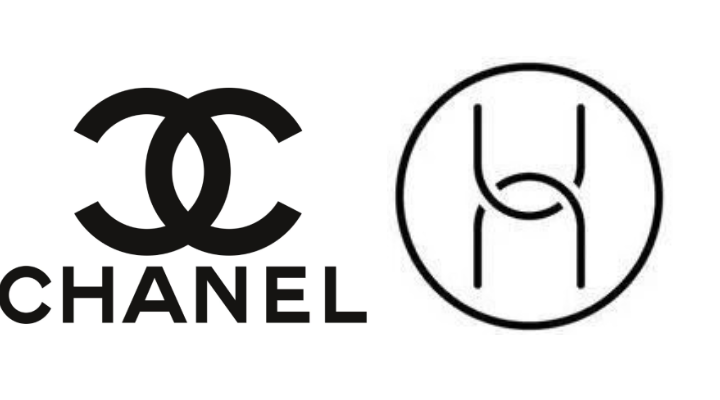
Tesco vs Lidl
In June 2021, Lidl, the German discount retailer, initiated legal action against British retailer Tesco, claiming trademark infringement related to Tesco's clubcard scheme sign. Lidl asserted that Tesco's clubcard sign violated two of its UK trademarks. One trademark is a wordless design featuring a yellow circle with a red border within a blue square. The second trademark shares the same features but includes the Lidl logo within the circle.
Tesco countered by arguing that Lidl's registration of the wordless trademark in 1995 was done with the intention of using it as a "legal weapon" to obstruct competitors from entering the market. Tesco contended that this constituted bad faith registration. However, in April 2023, the UK High Court has held that Lidl’s rights in the Lidl logo were infringed by Tesco’s Clubcard signs.
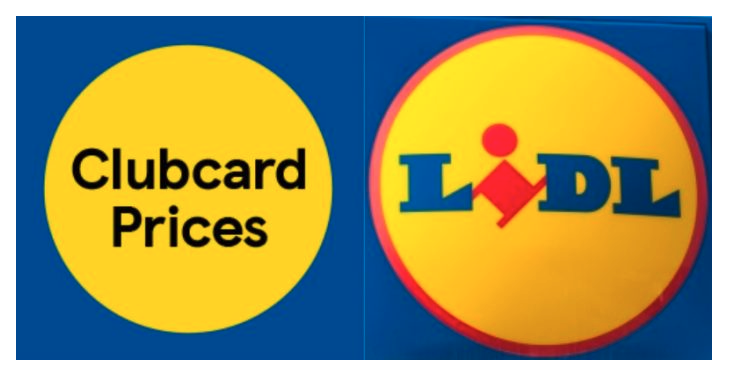
Starbucks vs Star Box
Starbucks, known for its iconic green mermaid logo, found itself in a trademark dispute with a small café named Star Box Coffee in 2016. Star Box's logo featured a green circular design with a star in the center, which closely resembled Starbucks' visual identity.
Starbucks claimed that the similarity could lead to consumer confusion and dilution of its brand image. Star Box argued that the design was chosen for its association with stars and had no intention of imitating Starbucks. The dispute was resolved with Star Box voluntarily changing its logo to avoid any potential confusion and lengthy legal procedures.
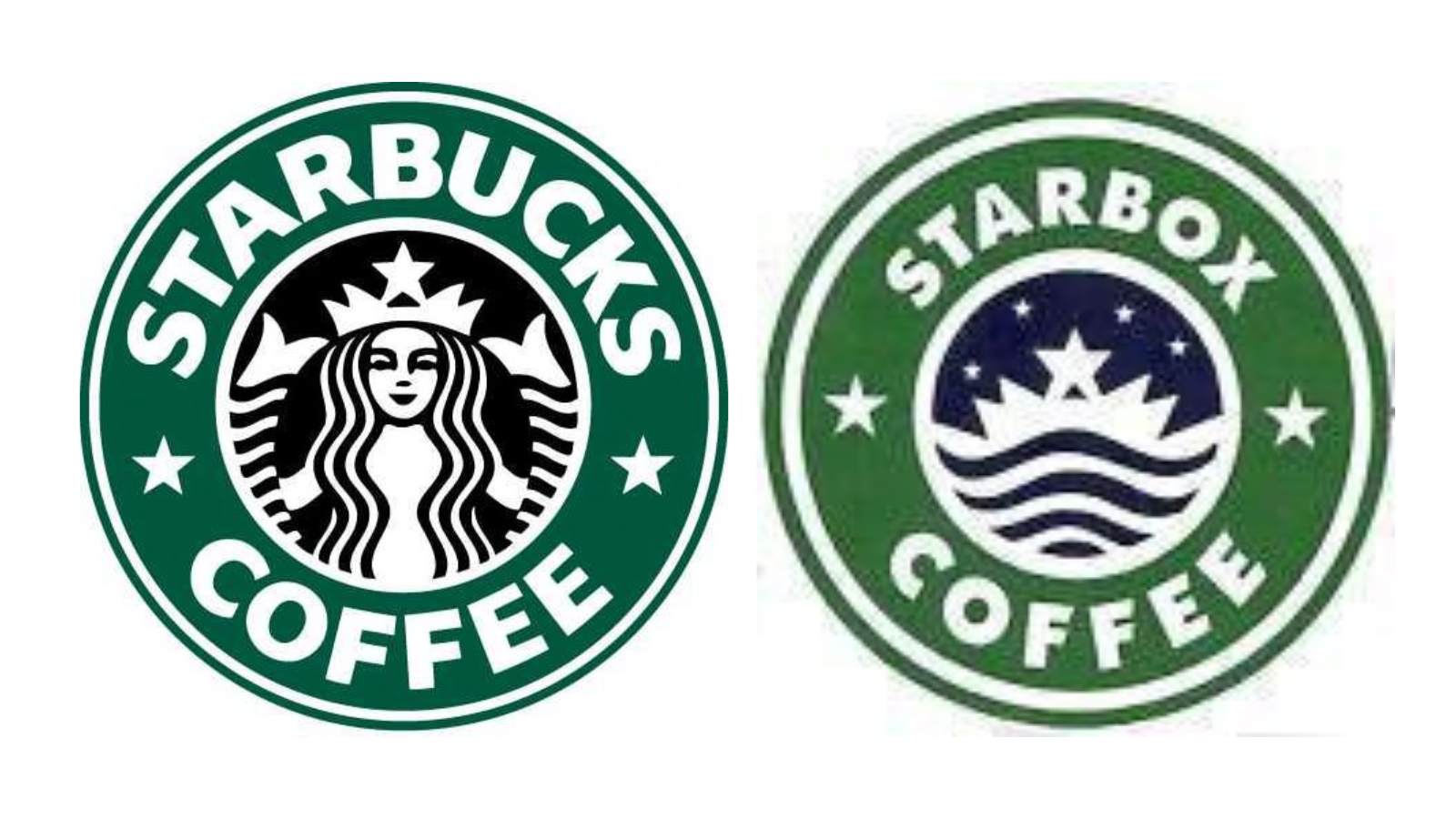
Take-Two Interactive vs Remedy Entertainment
Take-Two Interactive, a prominent American video game publisher and developer, opposed Remedy Entertainment's new logo first introduced in April 2023. The opposition, filed with the Intellectual Property Office of the U.K. (UKIPO) and the EUIPO, claimed a "likelihood of confusion [or] unfair advantage/detriment to distinctiveness or repute."
This suggests that Take-Two believes the new logo might confuse consumers or potentially harm the distinctiveness or reputation of their existing trademarks. The legal move indicates that Take-Two isn't just asking for a logo change; they are also trying to prevent Remedy Entertainment from getting trademark protection for its new design.
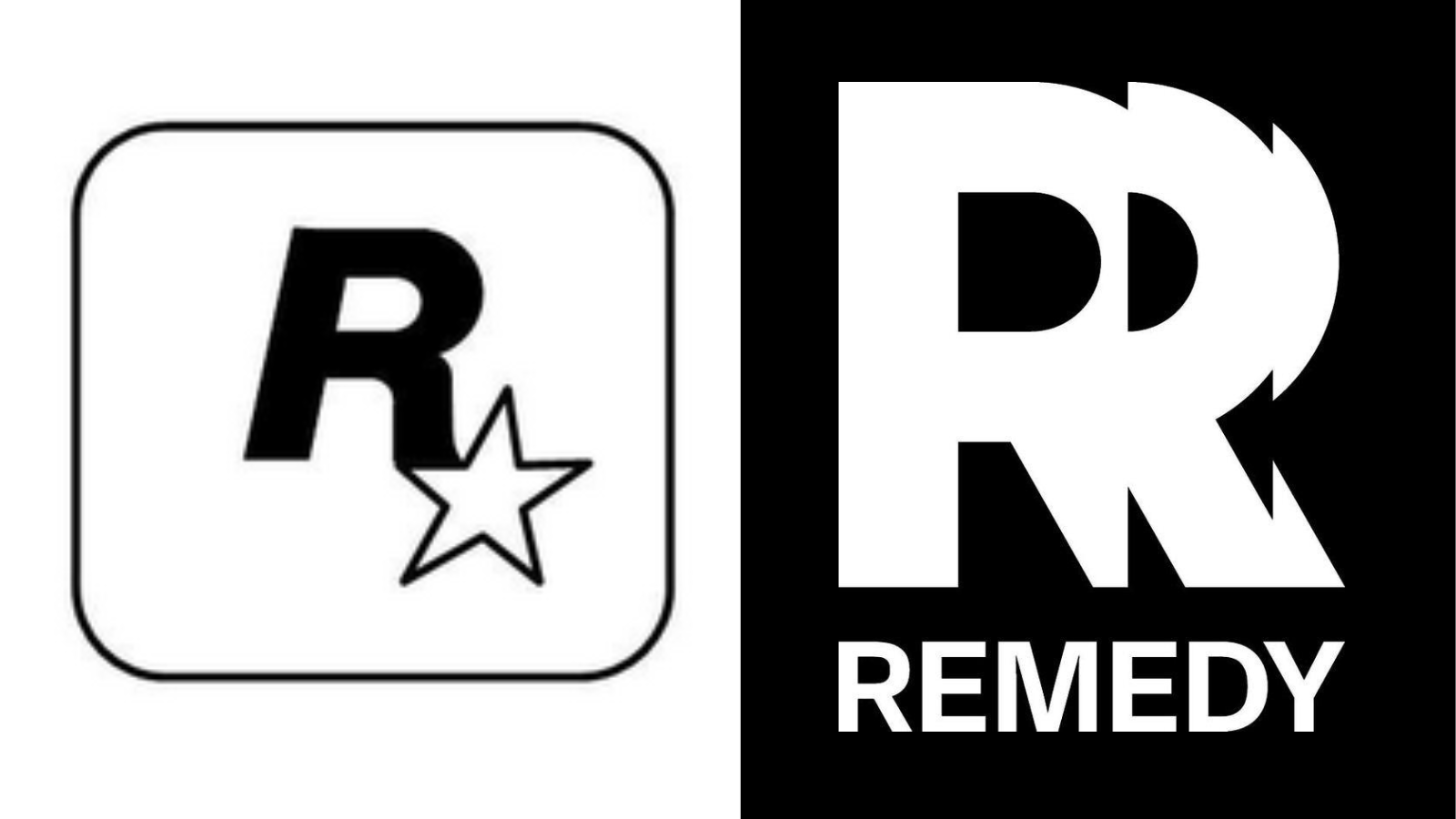
Adidas vs Thom Browne
In June 2021, Adidas filed a lawsuit against fashion designer Thom Browne, asserting that Browne's four-stripe designs were too similar to Adidas' iconic three-stripe trademark, leading to confusion among consumers. Adidas claimed to have raised objections to Thom Browne's use of four parallel stripes as early as May 2007, with further objections in May 2018 regarding grosgrain and four-bar designs.
Adidas demanded $7.8 million in damages and a share of sales from the infringing clothes, along with a court order to prohibit Browne from using the disputed stripes. However, the jury concluded that Thom Browne's stripe designs were unlikely to cause confusion among consumers with Adidas' products. As a result, the court dismissed the proceedings.
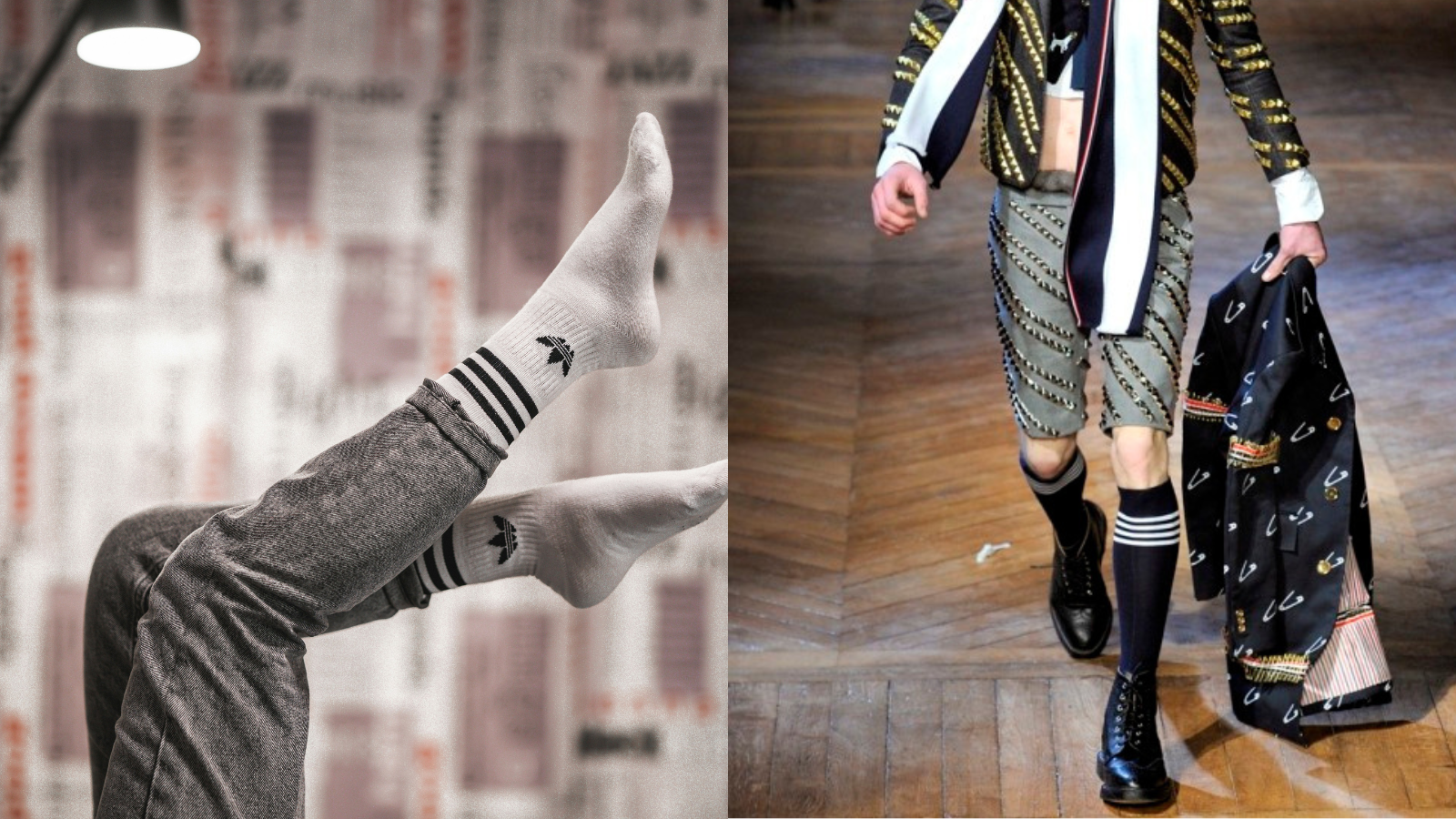
Takeaway
From luxury fashion houses to retail giants and gaming entities, these disputes highlight not only the potential financial stakes but also the delicate balance between creative expression and the protection of intellectual property. As businesses navigate the ever-evolving landscape of branding, these high-profile cases serve as cautionary tales and reminders of the legal complexities inherent in the quest for a unique visual identity.


